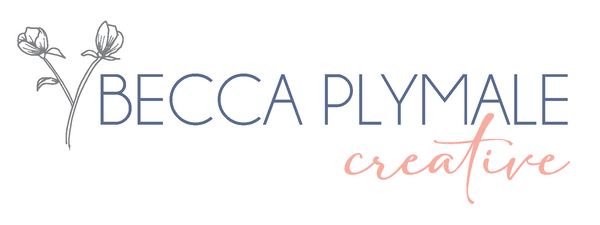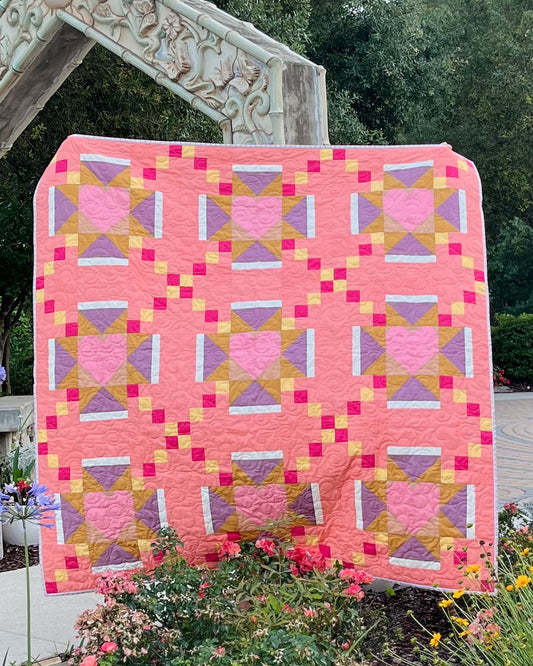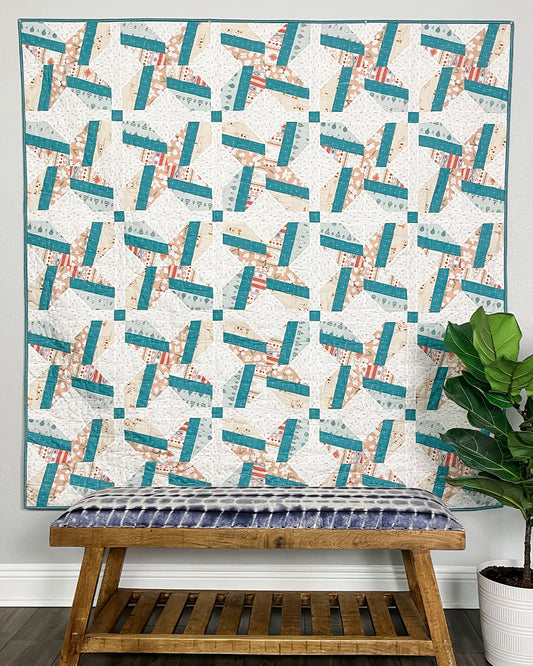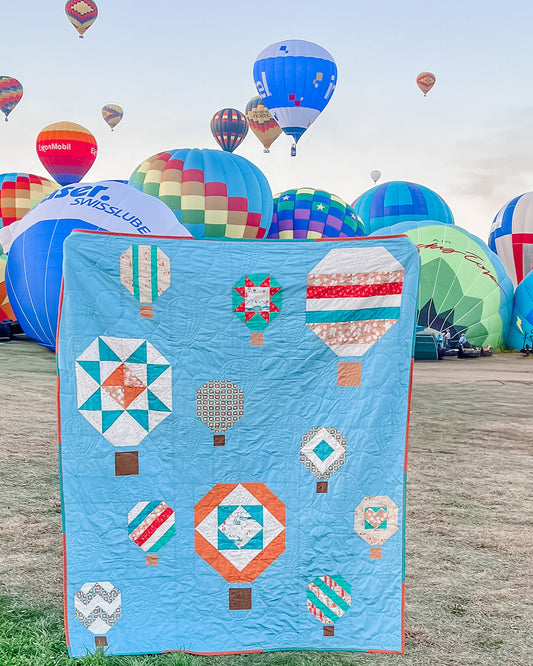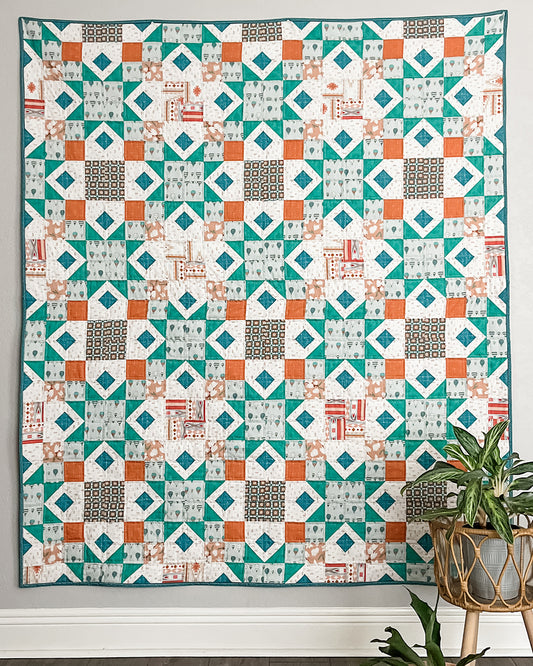Choosing the Right Thread for Your Project: A Comprehensive Guide
Share
When it comes to sewing and quilting, thread is one of the most important — and often overlooked — materials in your toolkit. It literally holds everything together! But with so many thread types, weights, and fiber contents available, how do you know which one is right for your project?
This guide breaks it down to help you confidently select the best thread for your creative goals.

1. Consider the Project Type
The kind of thread you use should complement the specific needs of your project:
Sewing & Garment Construction
For general sewing, choose a soft, medium-weight thread like a 50wt cotton or polyester. It blends well with most fabrics and works for seams, topstitching, and garment construction.
Quilting
- For piecing, a fine-weight thread (such as 80wt) helps create flat, precise seams.
- For machine quilting, use a smooth, consistent thread in the 40–50wt range. Variegated threads can add visual interest to your quilting design.
Embroidery
- Hand embroidery typically uses thicker threads like perle cotton (8wt–12wt) or floss to create decorative, textural designs.
- Machine embroidery often requires a 40wt polyester or rayon thread with a slight sheen for smooth, vibrant stitching.
Topstitching & Decorative Stitching
Bold, visible stitching benefits from thicker threads (such as 12wt), which add definition and texture to your designs.
Specialty Uses
For invisible or delicate work—such as appliqué or fine hems—ultra-fine threads (like 100wt or monofilament) are ideal.

2. Understanding Thread Materials
Thread comes in a variety of materials, and each behaves differently:
- Cotton: Natural and soft, it blends beautifully with natural fiber fabrics like quilting cotton. It’s ideal for piecing and quilting and has a matte finish.
- Polyester: Strong, smooth, and low-lint. It works well for garment sewing, quilting, and machine embroidery. Polyester is a go-to for projects that need a bit more durability or elasticity.
- Silk: Luxurious and fine, silk thread is often used in hand appliqué, heirloom sewing, or delicate fabrics.
- Metallic: Adds shimmer and shine to embellishments and decorative stitches, but may require special handling.
There’s no right or wrong — just choose the one that matches your fabric and desired look.

3. Understand Thread Weight and Thickness
Thread weight can be confusing at first, but it makes a big difference in how your stitches look and behave. A lower number means a thicker thread; a higher number means a finer thread.
-
12wt (Thick): Bold and decorative, great for topstitching, hand embroidery, and quilting that stands out.
- Try Spagetti™, Fruitti™, or Fabulux™ for visible, statement stitching.
-
40wt–50wt (Medium): Ideal for general sewing, quilting, and machine embroidery.
- Konfetti™ and Tutti™ strike the balance between visibility and softness.
- 80wt (Fine): Perfect for piecing, bobbin thread, detailed quilting, and appliqué.
-
100wt (Ultra-Fine): Best for invisible stitches, delicate work, and minimizing thread buildup.
- Use DecoBob™ for fine seams and InvisaFil™ when you want your stitches to disappear.

Always check your machine’s manual to see what thread weights it recommends for best results.
4. Choosing Thread Color
Color can either blend in or become a standout feature of your design. Color isn’t just decoration, it’s also a design decision.
- Matching Threads: Use neutral or fabric-matching shades for subtle, seamless seams.
- Contrasting Threads: Create emphasis and visual interest by selecting bold or complementary colors.
- Variegated Threads: Ideal for quilting or embroidery, they offer dynamic, shifting tones that add depth to your stitching.
-
Metallic or Shiny Threads: Add sparkle and sophistication to decorative work.

5. Think About the Look You Want
The thread you choose will impact the final look of your project:
- Want your quilting stitches to pop? Try a contrasting color or thicker thread.
- Want the piecing lines to disappear? A fine, neutral-colored thread will melt right into your fabric.
- Decorative stitches or topstitching? Go bold with a sheen-finished or heavier thread.

6. Test Before You Commit
Always do a few test stitches before diving into your main project. Every machine handles thread a little differently, and tension may need to be adjusted depending on the weight and type.
The right thread is about more than color—it’s about performance, finish, and how it supports your creative vision. By taking the time to consider your project type, desired durability, thread weight, material, and color, you’ll achieve a beautiful, polished result every time.
Whether you’re sewing a timeless quilt, crafting custom garments, or adding embellishments to a gift, the right thread brings your work to life—one stitch at a time.
Happy Sewing!


